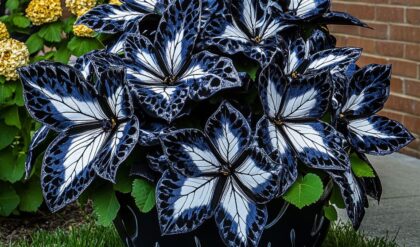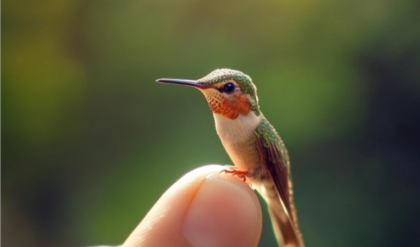If you’ve ever had the chance to savor a Black Diamond apple, you likely shelled out a significant amount of money for that experience. However, consider yourself lucky to have tasted a fruit that remains elusive for many people around the globe.

The appearance of Black Diamond apples is reminiscent of something that the Evil Queen might have offered to Snow White in a fairy tale. Despite their somewhat ominous look, these dark fruits are not toxic; rather, they are incredibly rare. This rarity stems from the specific growing conditions they require, which can only be found in isolated regions of the world.

You may already be familiar with a relative of the Black Diamond apple. This unique variety belongs to the Huaniu apple family, which is also known as Chinese Red Delicious. While they are referred to as Black Diamond apples, their actual color is a rich, deep purple, akin to that of a ripe plum. A glimpse at photos shared on Facebook by the Progressive Growers Association of India—a collective of farmers dedicated to cultivating apples and other temperate fruits within the Himalayan ecosystem—reveals this striking hue.

This Facebook post provides insight into why you might never encounter Black Diamond apples in your local grocery store or farmers market. If you do happen to find them, prepare to pay a premium price, often exceeding $7 each.
These apples originate from the small mountainous city of Nyingchi in Tibet. Their distinctive dark purple color is a direct result of the unique environmental conditions in which they thrive. During the day, the apples bask in abundant ultraviolet light, while at night, the temperature experiences dramatic fluctuations.

Because Black Diamond apples require a climate that rarely exceeds 80 degrees Fahrenheit yet seldom drops below 30 degrees, there are currently no established planting zones for this type of apple tree in the United States. Additionally, Tibetan farmers are hesitant to cultivate them due to the challenges involved. Not only are these apples difficult to grow, but they also take approximately eight years to reach maturity. Furthermore, they are available for only two months each year, and the market demand for them remains uncertain, making cultivation a risky endeavor for farmers.
If you ever find yourself traveling in Asia and come across a Black Diamond apple, it might be worth indulging in the expense. These apples are said to possess a higher glucose content compared to other varieties, resulting in an exceptionally sweet flavor. However, if you can’t find a Black Diamond apple, you might consider trying the Arkansas Black apple, which is more readily available. You can often find this variety at farmers markets and through heirloom apple growers when it’s in season.




